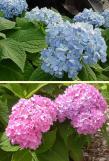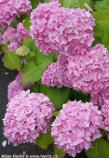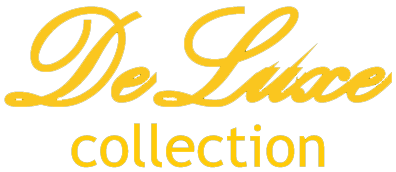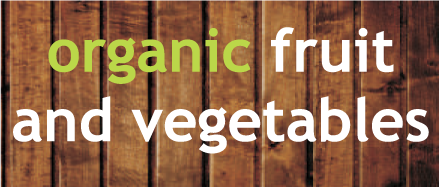Hydrangea macrophylla ‚Saxdifioros‘ DIVA FIORE

Hydrangea macrophylla ‚Saxdifioros‘ DIVA FIORE
mop-head hydrangea
mop-head hydrangea
| SIZE/TYPE | medium-sized shrub |
|---|---|
| USUAL HEIGHT | 0.5-1m |
| USUAL WIDTH | 0.5-1m |
| LEAVES | deciduous broadleaf |
| COLOUR OF LEAVES |
 green green |
| FLOWERS | showy |
| COLOUR OF FLOWERS |
 + + + + multicolored:pink and violet and deep purple multicolored:pink and violet and deep purple
|
| BLOOMING TIME | June - September |
| LOCATION | semi-shade / partial sun |
| SOIL MOISTURE REQUIREMENTS | evenly moist but well-drained |
| USDA zone (lowest) | 5 (down to -29°C) |
| WINTER PROTECTION | |
| FOR ZONE 5+6 |

|
| FOR ZONE 7 |

|
| BELONGS TO CATEGORIES |
Deciduous broadleaf Summer blooms |
DIVA FIORE is the trade name of a large-leaved hydrangea from Germany, bred in 2006 by Katrin Meinl and introduced in 2016. The male parent was Semperflorens, an old and proven variety owing to which DIVA FIORE inherited 2 great traits – strong hardiness and perpetual flowering all summer long. The female parent contributed to different colour shades of flowers enabling DIVA FIORE to offer 3 colours – pink, blue and violet. The variety is protected by these patents: 46606 (Europe - 2017), PP28838 (USA - 2016) and 18770 (UK - 2017).
Its mop-head flowers are large, up to 15 cm across, and appear from June until the last warm days of early autumn. The flower colour depends on the soil pH: if alkaline the flowers will be pink to red, in acidic soil they will change to purple or blue, and in neutral soil they will be something in between. But usually no one bothers much with adjusting the soil pH and leaves the shrub to its own devices, allowing it to produce the whole range of colours even on one plant because the soil is seldom purely acidic or alkaline. Deciduous leaves are broadly ovate, medium green and sturdy. Plants with blue flowers have darker foliage. It grows moderately fast into a compact and dense shrub about one meter in both height and width.
After flowering, cut off the entire inflorescence, which will encourage quicker formation of new flowers, however, otherwise do not cut these hydrangeas – they bloom on previous year’s branches. For the longest flowering period it is necessary to feed them regularly, ideally every week with a liquid selective fertilizer rich in phosphorus.
Large-leaved hydrangea grows in moist but well-drained, nutritious soil. Once established, it is not so sensitive to occasional dry spells, but we still recommend frequent watering. It prefers partial shade or diffused sunlight. It can handle direct sun only with daily, regular watering, and in frost-prone areas winter shade will help the buds survive hard frost. Keep it always mulched. The breeder claims excellent hardiness down to -29 °C (USDA zone 5).
Last update 08-07-2024
SIZES and PRICES
CURRENTLY SOLD OUT
GLOSSARY
|












